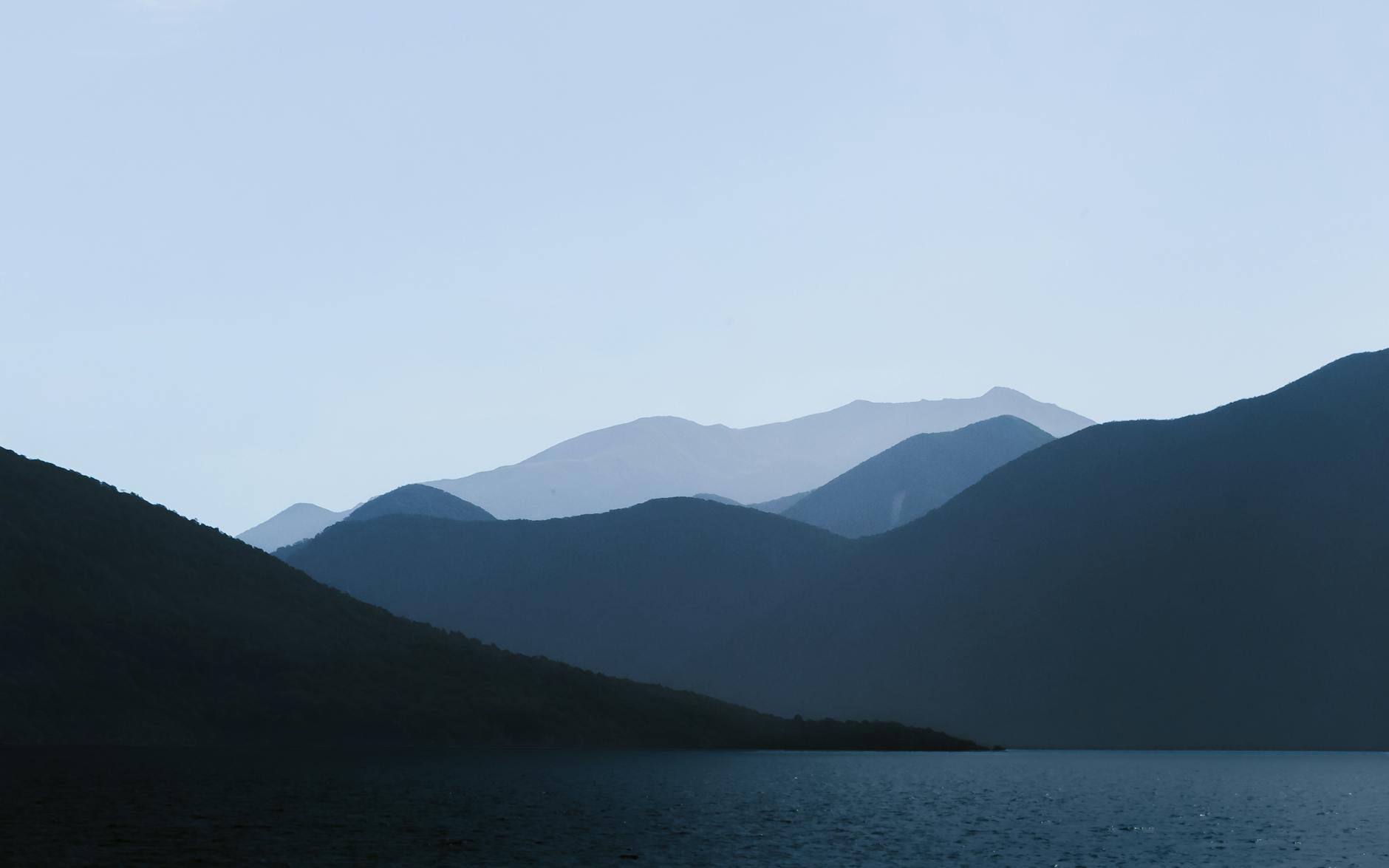
Introduction:
Nestled in the northeastern jewel of India, Manipur, the Meetei community unfolds a captivating tale of ancient traditions, diverse clans, and a dynamic cultural evolution. This article embarks on a journey through time, exploring the origins, historical transitions, and the present-day identity of the Meetei people.
Roots and Ancient Significance
The Meetei, also known as Meitei, stand as one of the indigenous communities of Manipur, a state boasting a mosaic of cultures and histories. Their heritage dates back over 2000 years, characterized by a rich tapestry of their own script, religion, sacred texts, and a recorded history that speaks volumes about their cultural advancement.
The Seven Clans and the Birth of Ningthouja Dynasty
Originally, the Meetei were composed of seven clans:
- Mangang (Ningthouja)
- Luwang
- Khuman
- Angom
- Moilang
- Kha Nganba
- Sarang Leishangthem
The roots of the Meetei dynasty, known as the Ningthouja dynasty, trace back to 33 AD. However, it’s essential to clarify that Meetei, as a unified community, is believed to have formed during this time. Prior to 33 AD, each Meetei clan had its own kingdoms and rulers. The Mangang clan gained prominence during this era, eventually uniting the other clans under the Ningthouja dynasty.
Salai Taret Phiral Machu explained
Video source: NewsPint sharing for awareness
Bonds with Tangkhul and Kabui
The Meetei, Tangkhul, and Kabui communities are considered brethren, sharing a common origin from the Kangkhui cave in Manipur. Legend has it that the Meetei descended to the valley after it dried up, settling in the region. Despite being the youngest, the Meetei community advanced rapidly due to advantages offered by the valley.
Cultural Bonds and Symbolism
The bonds between the Meetei, Tangkhul, and Kabui communities are symbolized through various traditions. Lighting lamps on bamboos and burning wood in masses in both valley and hills signify happiness and remembrance of their shared heritage. Events like Mera Hao Chong Ba and Mera Waa Yungba further strengthen these bonds, as do instances of Meetei royal kings donning Tangkhul attire during significant ceremonies.
The Influence of Foreign Encounters
During the 1700s, under the rule of Meidingu Pamheiba, the Meetei encountered Bengali priests who influenced the king to convert to Vaishnavism. This led to the forceful conversion of the Meetei people, while Tangkhul and Kabui resisted. The introduction of foreign migrants during the kingdom of Kangleipak resulted in a blending of blood among the Meetei. Today, Meetei identity extends beyond the original seven clans, encompassing those of mixed heritage who may not belong to any specific clan.
Conclusion
The Meetei community’s journey unfolds as a captivating narrative of cultural evolution, unity, and adaptation. From ancient tribes with distinct clans to a contemporary identity that embraces diversity, the Meetei people continue to be stewards of their rich heritage in the ever-changing landscape of Manipur.

Comments
2 responses to “Unveiling the Rich Tapestry of Meetei Heritage: Salai Taret”
Eikhoi gi e phurupki salai taretki phiralgi machuse phiral amaga amaga manadriba ASE achumba adukhak ta oihaningi
Achumbani haibiribasi.